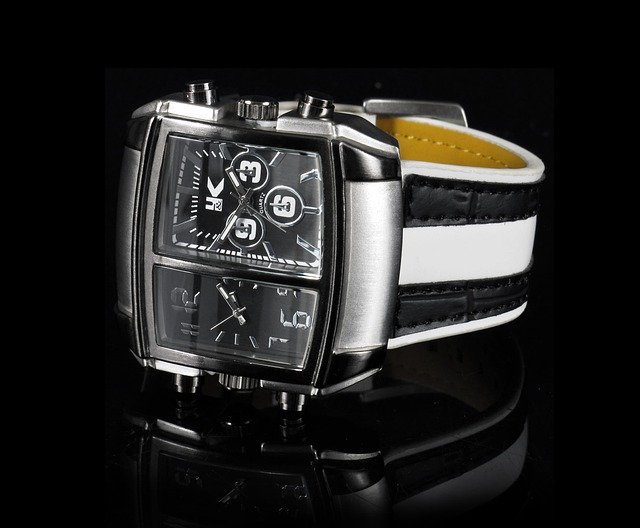Closure mechanics: matching fasteners to daily activity levels
Choosing the right bracelet fastener can affect comfort, security, and longevity. This piece outlines how different closures interact with daily activities, and what to consider from sizing and materials to care and repair. The goal is to help you match fasteners to routines in a practical, evidence-based way.

Closure mechanics: matching fasteners to daily activity levels
Selecting a bracelet involves more than style: the closure dictates how a piece performs during routine tasks, exercise, and extended wear. Considerations such as how a fastener adjusts to wrist movement, its resistance to wear, and how it reacts to moisture or sweat are central. This article breaks down key factors — from sizing and measurement to adjustability and allergy concerns — so you can align fastener choice with typical daily activities and maintenance expectations.
Sizing and measurement for comfortable wear
Proper sizing begins with a reliable measurement. Measure the wrist where the bracelet will sit, then add appropriate allowance: snug bracelets for active wear typically require 5–10 mm of extra length, while decorative pieces may have 10–20 mm for drape. Consider how clothing layers or a watch may change where a bracelet rests. Accurate measurement supports closures that lock securely without pinching, and it reduces the need for frequent adjustment or repair.
How closures match different activity levels
Closures range from spring rings and lobster clasps to magnetic, toggle, and slide mechanisms. High-activity situations — sports, manual work — benefit from robust, locking closures like screw clasps or double-safety lobster clasps that resist accidental opening. Magnetic and toggle closures offer convenience but can be less secure under strain. Assess whether a closure stays fastened under lateral pulls and repeated motion, and choose accordingly based on daily activity intensity.
Finishes and materials: effects on durability
Metal finishes and base materials influence how a closure weathers use. Rhodium or PVD finishes can improve scratch resistance on metals, while plated items may wear to base metal over time, affecting durability and appearance. Materials such as stainless steel, titanium, and solid gold alloys offer different corrosion and scratch profiles. Match finish expectations to lifestyle: everyday wearers may prioritize robust metals and durable coatings to reduce visible wear from frequent handling and exposure.
Sourcing and sustainability considerations
Where materials come from and how pieces are made affect environmental and ethical dimensions. Recycled metals, responsibly sourced gemstones, and transparent supply chains reduce ecological impact and may influence long-term quality. When choosing closures and materials, look for suppliers or brands that disclose sourcing practices or certification. Sustainable choices can align with longevity goals: better materials and ethical practices often correlate with clearer repair pathways and longer-lasting components.
Care, repair, and managing allergy risks
Routine care extends a closure’s service life: dry cloth wipes, avoiding chlorinated or salt water, and keeping chemicals like perfumes away from metal finishes help prevent corrosion and finish loss. For repair, simple clasp replacements are commonly offered by local services and jewelers; retain spare parts and document measurements to streamline fixes. Allergy concerns — commonly nickel sensitivity — are best addressed by selecting nickel-free or hypoallergenic metals (e.g., titanium, surgical stainless steel) and confirming finishes won’t expose allergenic base metals as plating wears.
Adjustability and practical long-term use
Adjustable closures such as slider beads, extenders, or multiple-link systems work well for fluctuating wrist sizes or layered looks. For active lifestyles, consider closures that allow quick sizing without compromising security, for example, removable links combined with a locking clasp. Evaluate how often you’ll need to adjust the fit: frequent adjustments can accelerate wear at moving points, so prioritize robust construction at hinge and connection points to preserve durability and reduce repair frequency.
Choosing a fastener is a balance of security, comfort, and maintenance. Match the closure type and materials to actual activity patterns, measure carefully, and consider sourcing and allergy factors to minimize surprises. Regular care and timely repair extend life and performance, while thoughtful adjustability keeps daily wear practical and comfortable.






